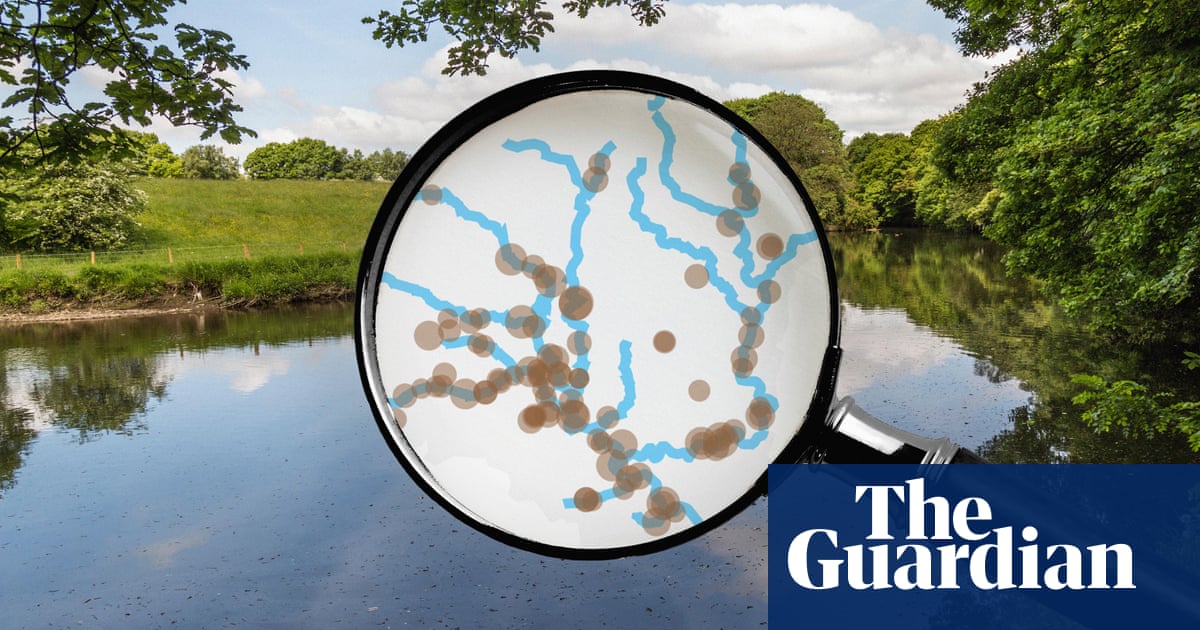Rivers in the north of England are bearing the brunt of the sewage pollution crisis, analysis by the Guardian reveals, with the region’s waters experiencing the highest rates of waste discharge in the country.
Storm overflows around the Irwell valley, where the rivers Croal and Irwell run through to Manchester, discharged raw sewage 12,000 times in 2023 — the highest rate of all English rivers when accounting for length, at 95 spills per mile.
It comes as new data reveals that 2023 was the worst year on record for storm water pollution, with overflows spilling raw sewage into England’s rivers and seas for 3.6m hours. You can check your local rivers using the tool below, which shows spills across England’s river basins.



This is the best summary I could come up with:
Rivers in the north of England are bearing the brunt of the sewage pollution crisis, analysis by the Guardian reveals, with the region’s waters experiencing the highest rates of waste discharge in the country.
It comes as new data reveals that 2023 was the worst year on record for storm water pollution, with overflows spilling raw sewage into England’s rivers and seas for 3.6m hours.
The Guardian’s analysis is based on Environment Agency data released on Wednesday, which details the number of times storm overflows discharged across England in 2023.
The River Irwell is a popular waterway for rowers and the scene of several regattas in summer — but the 2023 overflow data shows its waters and surrounding catchment area is now the worst sewage dumping ground in England.
Also worst for sewage spills was the River Calder near Huddersfield, the Aire near Bradford and the lower section of the Tyne around Newcastle and Sunderland, the Guardian’s analysis of Environment Agency data has found.
Industry figures have pointed to the heavy rainfall over the autumn and winter that put huge pressure on the sewage system, and have stressed they are investing to upgrade the water network.
The original article contains 779 words, the summary contains 196 words. Saved 75%. I’m a bot and I’m open source!